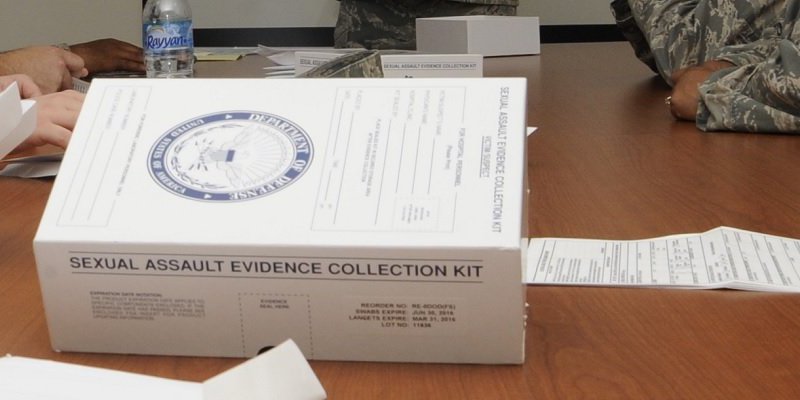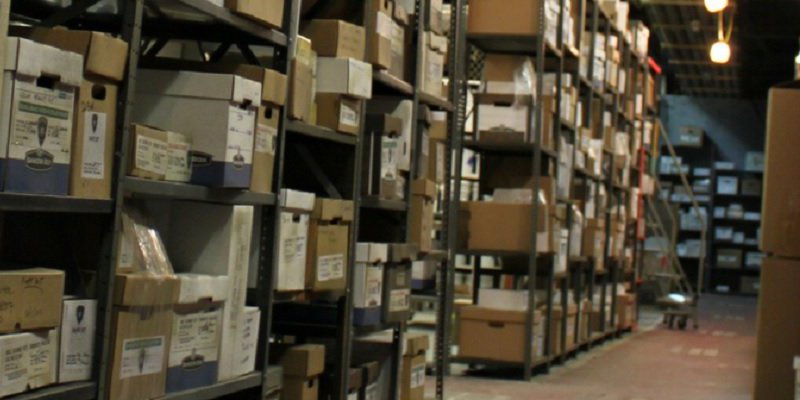12426 Tags
evidence
14 Articles

Until recently, police in Columbus, Ohio couldn’t differentiate between rape kits and shopping carts
A public records request with the Columbus Police Department revealed that until a year ago, the department tagged rape kits in evidence as “other,” a designation also used for shopping carts and cell phones.

Trump signs the SAFER Act of 2017, strengthening efforts to eliminate the nationwide rape kit backlog
Amid #metoo stories and Hollywood’s women coalescing around a fight against sexual assault and harassment in the workplace, there’s finally some good news: President Donald Trump has signed the SAFER (Sexual Assault Forensic Evidence Reporting) Act of 2017. In doing so, Trump reauthorized the original SAFER Act of 2013, extending and strengthening efforts to eliminate the nationwide rape kit backlog.

Five of the best - and five of the worst - sexual assault response policies across the country
The care rape victims receive is entirely dependent on where the crime occurred. Good sexual assault response policies are comprised of a number of initiatives, including (but not limited to) specific officer training, a victim-centered approach, access to victim advocates, guidelines for submitting kits to labs, and victim notification. Based on what we’ve seen in our reporting so far, we’ve rounded up a list of the five best - and the five worst - sexual assault response policies across the country.

Six years after earmarking funds, Dallas has only tested half of its rape kit backlog
Our request for data and policies regarding the collection, maintenance, and testing of backlogged rape kits in Dallas shows that, as of May 2017, more than 1,000 kits still have not been submitted to crime labs. Of those submitted, only 50% have been tested, and just 35% of those tested have been uploaded into CODIS.

There are finally federal guidelines for testing rape kits
The SAFER Working Group combined authorities from local police departments, the FBI, state crime laboratories, government institutions, colleges, medical examiners, and nurses, which met for more than two years before penning the first federal guidelines for sexual assault evidence collection. This document is undeniably a step in the right direction, but will local law enforcement agencies and state and private laboratories implement these recommendations?
3 Requests
No Responsive Documents
DEA policies and procedures for fabrication of evidence
Phil Mocek sent this request to the Drug Enforcement Administration of the United States of America
No Responsive Documents
Evidence demonstrating a person's predisposition
Jeremy Allen sent this request to the Denver Police Department of Denver, CO
No Responsive Documents
Local level SAEC policies/data (San Juan, Puerto Rico)
Vanessa Nason sent this request to the United States Attorney's Office for the District of Puerto Rico of the United States of America